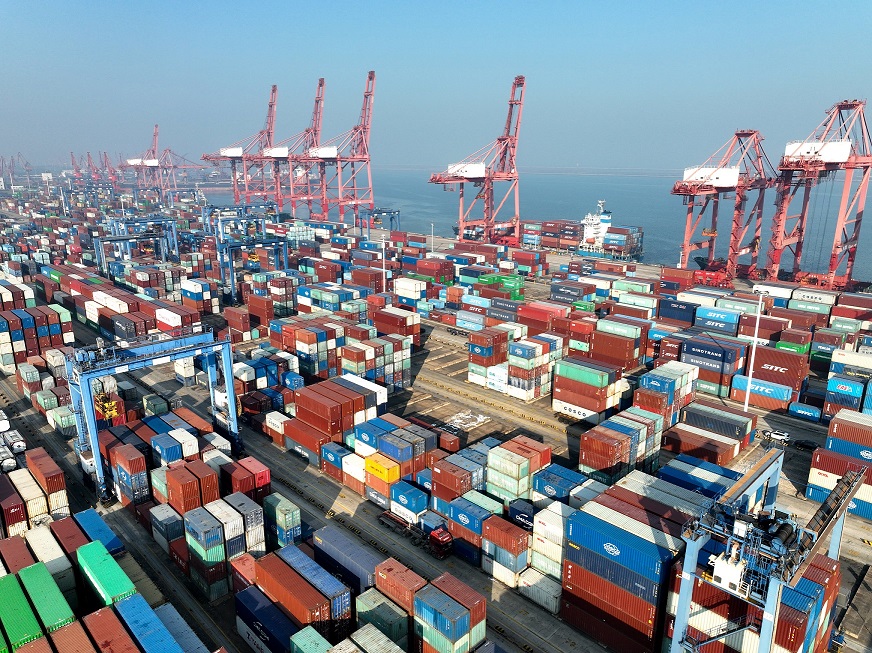The Countries That Most Import Goods and Services from China
*********************************
Importing goods and services from China can be a complex process, but it is a common practice for businesses around the world. Here are some general steps to guide you through the process:
Research and Identify Products: Determine the specific goods or services you want to import from China. Conduct market research to understand the demand, competition, and potential profitability of the products.
Supplier Identification: Find reliable suppliers in China who can provide the products you need. Online platforms such as Alibaba, Global Sources, and Made-in-China.com can be helpful for locating suppliers. Verify the credibility and reputation of potential suppliers by checking reviews, certifications, and contacting them directly.
Price Negotiation: Contact the selected suppliers and negotiate the price, quantity, quality standards, and delivery terms. It's essential to have a clear understanding of the pricing structure, including manufacturing costs, shipping, and any additional fees or taxes.
Sample Testing: Before placing a bulk order, request product samples from the suppliers to ensure they meet your quality requirements. Evaluate the samples thoroughly, and if necessary, consider engaging a third-party inspection agency to conduct quality checks.
Legal and Regulatory Considerations: Familiarize yourself with the import regulations, customs duties, and any specific requirements for the products you intend to import. Consult with customs agencies or legal experts to ensure compliance with all applicable laws and regulations.
Choose Incoterms and Shipping Method: Determine the International Commercial Terms (Incoterms) that will govern the responsibilities and costs between you and the supplier. Select a shipping method that suits your needs, such as air freight, sea freight, or a combination of both.
Documentation and Customs Clearance: Prepare the necessary documentation for customs clearance, which may include commercial invoices, packing lists, shipping documents, and certificates of origin. Ensure that all documents are accurate, complete, and comply with the customs requirements of your country.
Arrange Shipping and Insurance: Coordinate with freight forwarders or shipping agents to arrange transportation of the goods from China to your destination. Consider obtaining appropriate cargo insurance to protect against loss or damage during transit.
Customs Duties and Taxes: Determine the customs duties, taxes, and any other fees applicable to your imported goods. Calculate the total cost, including import duties and taxes, to evaluate the profitability and competitiveness of your venture.
Delivery and After-sales Support: Track the shipment and ensure timely delivery. Once the goods arrive, inspect them to verify their condition and compliance with the agreed specifications. Provide any necessary after-sales support to customers or address any issues that may arise.
Remember that importing goods and services from China can have unique challenges, such as language barriers, cultural differences, and the need for careful due diligence. It's crucial to conduct thorough research, work with reputable suppliers, and comply with all legal and regulatory requirements to ensure a successful import operation. Consider seeking professional advice from import/export consultants or lawyers with expertise in international trade if needed.

